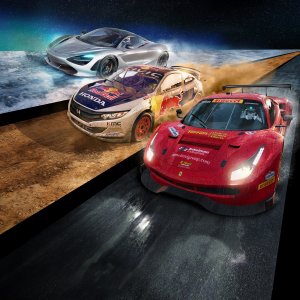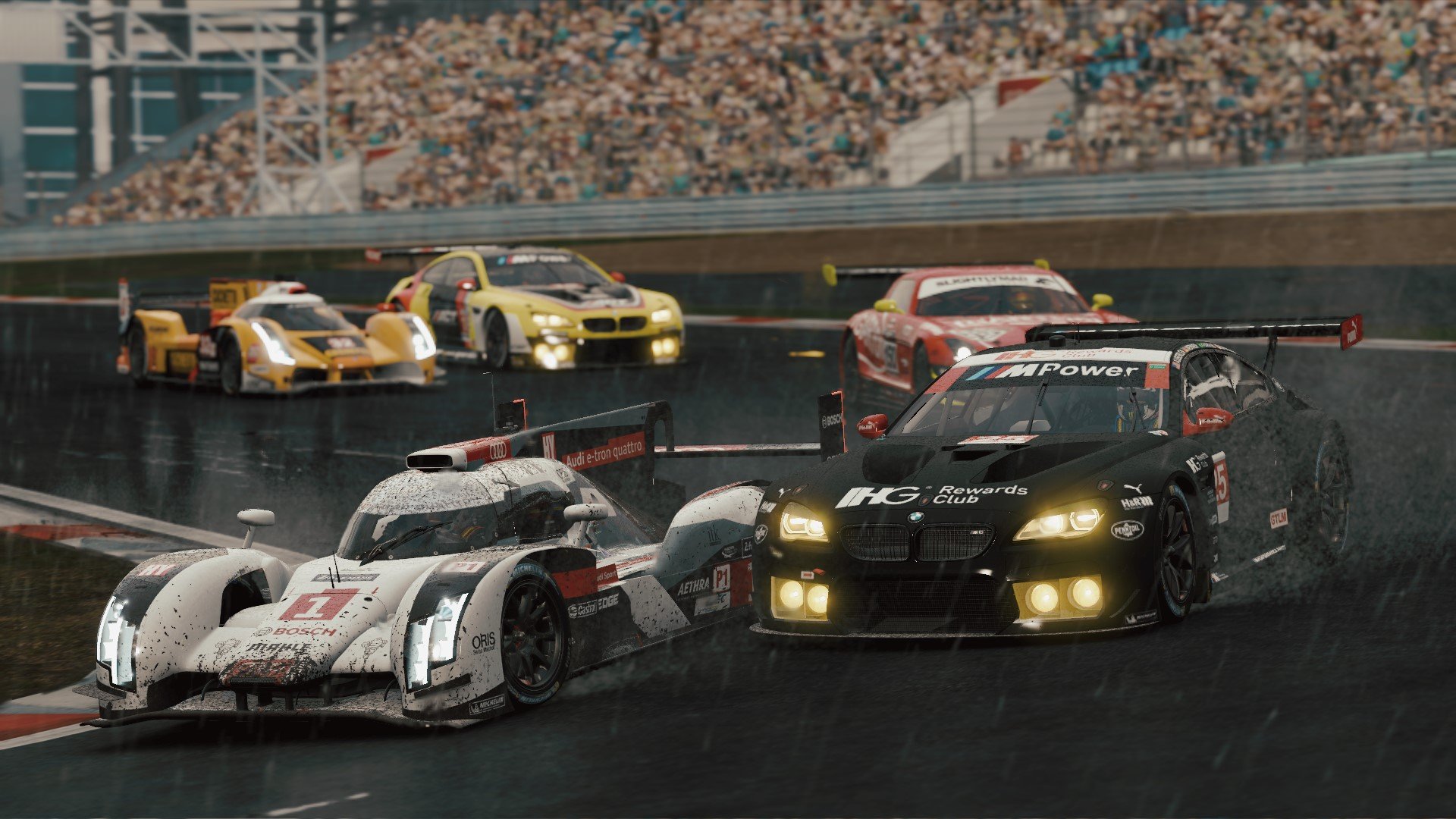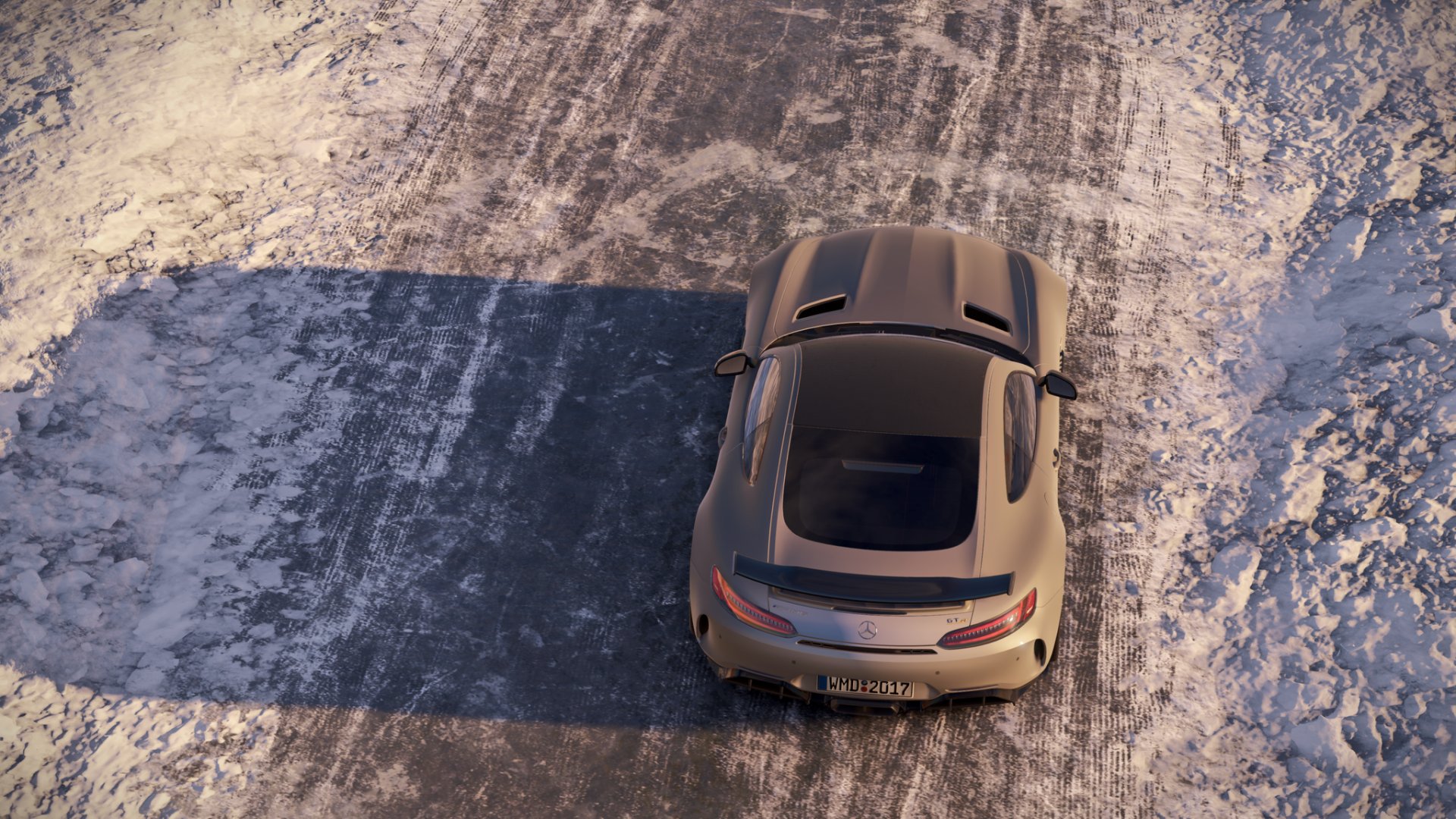
Creating Living Tracks in Project CARS 2, Available Now on Xbox One
Hi everyone! For today’s release of Project CARS 2, the team at Slightly Mad Studios would like to share some insights on the process of creating the authentic motorsport experience you’re going to discover in-game, particularly how we got all four seasons of weather into Project CARS 2.
With LiveTrack 3.0, snow, ice, rain, mist, sunshine, and wind all affect the grip and handling of the 180+ cars across every single track in Project CARS 2. With 60 venues and over 140 layouts on four continents, this is the largest track roster to ever feature on consoles, and each track is truly a world of its own, alive in ways that are truly unique.

When it rains in Project CARS 2, the water gets absorbed into the surfaces on and around the race track. Behind the scenes, every track in-game features hundreds of thousands of sensors, each communicating with one another to create a seamless union between what is happening climate-wise, and what is happening on the track grip-wise.
Some surfaces, like dirt and gravel, absorb water better than other, non-porous surfaces such as tarmac. When the rain falls, water will begin to pool on non-porous surfaces and eventually begin to flow down to the lowest point where it will dynamically puddle. Because tracks in-game are created to mirror their real-world counterparts, water will pool at the exact same spots in-game as it would in real life.

Complex dynamics, meanwhile, control drainage, and once the rain has stopped, the track will begin to dry in unique ways. For instance, if you’re racing in the summer, higher temperatures will see the track drying far more quickly, while sections of the track in the shade of trees will take a lot longer to develop a dry-line. The racing line will dry a lot faster as cars deposit rubber, and all of this has major consequences on the driver: overtaking on a drying circuit means having to get offline onto the still-wet part of the track, and deciding when to pit for slicks on a drying track is crucial. Get it wrong and you’ll be slipping-and-sliding your way to the back of the field. Get it right, and you’ll be the hero cutting through the field and sailing off to a win.
The constantly evolving tracks adds a whole new realistic dimension to racing games. Tracks begin their lifecycle on a race weekend in a “green” state until the cars get out and start to deposit rubber down on the racing line. This will improve grip and laptimes. Meanwhile, if a car has an off and then comes back onto the track, they will deposit dirt and gravel, which will affect the grip of the cars coming up behind until the line has been “cleaned”.

This dynamic track evolution brings changeable weather, wind direction and speed, ambient temperature, height above sea level, and time of year along with a myriad of other factors into play every single time you arrive at a race weekend. In the summer, on a clear day, your laptimes will probably be a little quicker than if you come to the same track on a cool autumn morning. Your turbo, meanwhile, will gasp for air at higher elevations. Such is the organic nature of LiveTrack 3.0 that no track will feel the same even during a single race as corners continuously alter the grip of the cars as they respond to the heat, the rubber, and any of the climatic conditions from four seasons of weather.
The greatest challenge for us when incorporating this technology was how to unify the grip-and-handling, the graphical look, and the four seasons of weather. The final result, though, was worth all the hard work.
